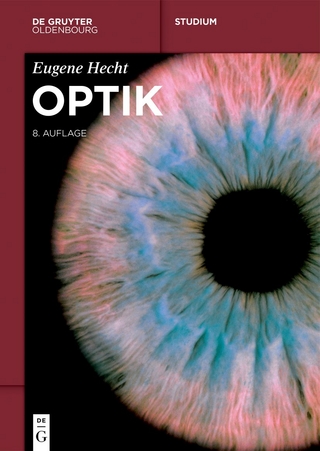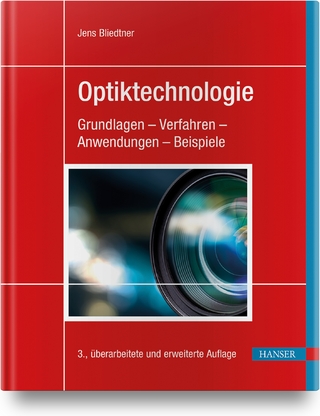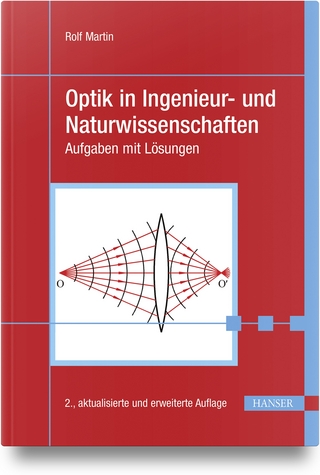
The Physics and Art of Photography, Volume 3
Morgan & Claypool Publishers (Verlag)
978-1-64327-387-7 (ISBN)
This book uses art photography as a point of departure for learning about physics, while also using physics as a point of departure for asking fundamental questions about the nature of photography as an art. Although not a how-to manual, the topics center around hands-on applications, sometimes illustrated by photographic processes that are inexpensive and easily accessible to students (including a versatile new process developed by the author, and first described in print in this series). A central theme is the connection between the physical interaction of light and matter on the one hand, and the artistry of the photographic processes and their results on the other. This is the third volume in this three-part series that uses art photography as a point of departure for learning about physics, while also using physics as a point of departure for asking fundamental questions about the nature of photography as an art. It focuses on the physics and chemistry of photographic light-sensitive materials, as well as the human retina. It also considers the fundamental nature of digital photography and its relationship to the analog photography that preceded it.
For nearly 20 years, John Beaver has used old processes to make new negatives, often in ways that can only be realized as a print with digital scanning and printing. This includes his development of the cyanonegative process, innovative work (in collaboration with Teresa Patrick) with instant film, and most recently his development of an accelerated, unfixed printing-out process he calls (perhaps annoyingly) ""Ephemeral-Process photography."" He is Professor of Physics and Astronomy at the Fox Valley Campus of University of Wisconsin Oshkosh, where he teaches physics, astronomy, photography and interdisciplinary courses. He earned his B.S. in physics and astronomy in 1985 from Youngstown State University, and his PhD in astronomy in 1992 from Ohio State University. His published work in astronomy is on the topics of spectrophotometry of comets and gaseous nebulae, and multi-color photometry of star clusters. He has exhibited photographs in many juried competitions in Wisconsin, Ohio, New York, Louisiana, Missouri, Oregon and Colorado, even occasionally winning an award or two (well, two actually). He has had several soloexhibitions, as well as joint shows with artists Judith Waller, Diana Ludwig, Dawn Patel and Teresa Patrick. Beaver has long been involved in art-science collaborations (many with artist Judith Waller) in the classroom, at academic conferences, and in art galleries and planetaria.
Preface
Acknowledgements
Author biography
Part I The physics of light detectors
1. Detectors and the characteristic curve
2. Silver gelatin photochemical detectors
3. Other photochemical detectors
4. Some interesting technical details
5. A brief diversion into the weird world of the photon
6. Digital photoelectric detectors
7. Unusual detectors and 3D photography
Part II Photography as an art and the meaning of digital
8. Comparison of digital and film techniques
9. The digital and the analog
10. Is digital manipulation cheating?
11. The image, the object, and the process
12. Towards an art and science of nature
Appendices
| Erscheinungsdatum | 25.01.2019 |
|---|---|
| Reihe/Serie | IOP Concise Physics |
| Verlagsort | San Rafael |
| Sprache | englisch |
| Maße | 178 x 254 mm |
| Gewicht | 333 g |
| Themenwelt | Naturwissenschaften ► Physik / Astronomie ► Optik |
| ISBN-10 | 1-64327-387-6 / 1643273876 |
| ISBN-13 | 978-1-64327-387-7 / 9781643273877 |
| Zustand | Neuware |
| Informationen gemäß Produktsicherheitsverordnung (GPSR) | |
| Haben Sie eine Frage zum Produkt? |
aus dem Bereich


